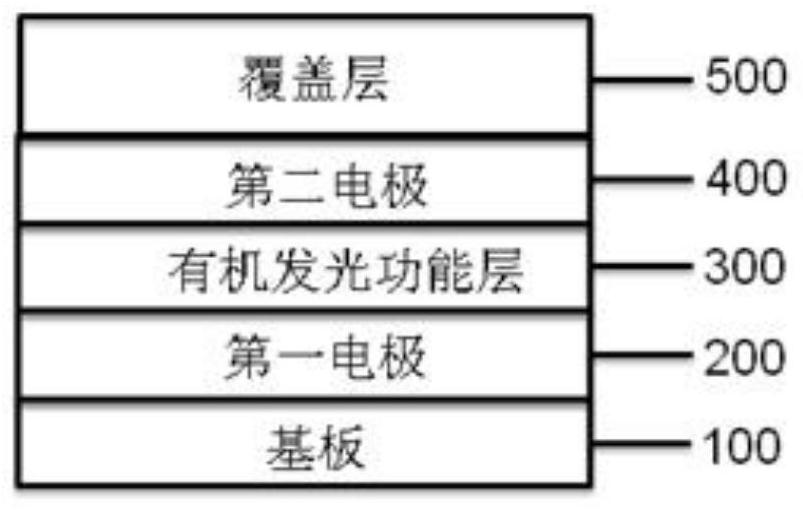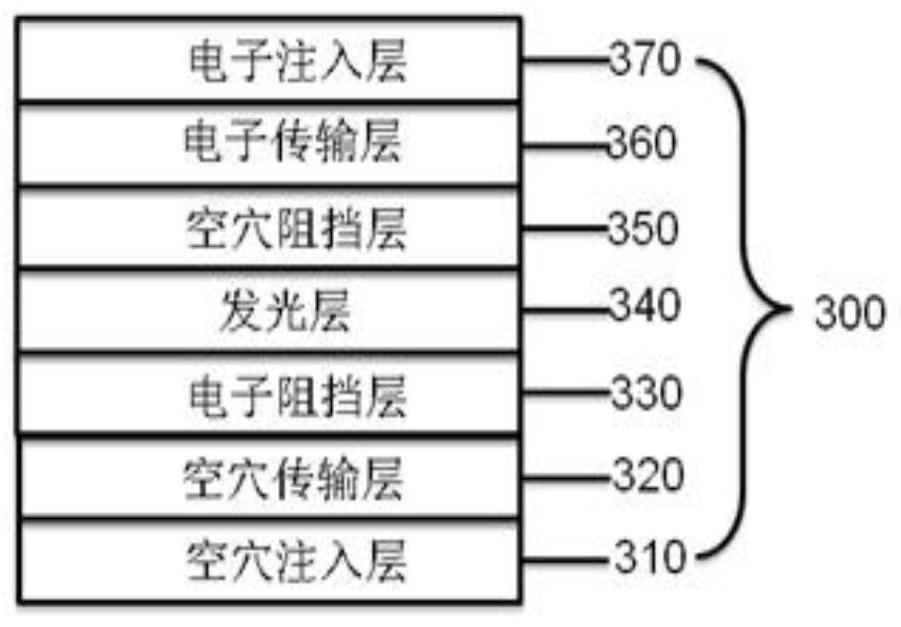Organic electroluminescent device
An electroluminescence device and electroluminescence technology, which are applied in the direction of electro-solid devices, electrical components, semiconductor devices, etc., and can solve problems such as inability to determine the effect.
- Summary
- Abstract
- Description
- Claims
- Application Information
AI Technical Summary
Problems solved by technology
Method used
Image
Examples
Embodiment 1
[0068] Embodiment 1: the synthesis of intermediate A2
[0069]
[0070] (1) In a 250mL three-necked flask, nitrogen gas was introduced, 0.02mol of 2-bromonaphthalene was added and dissolved in 100ml of tetrahydrofuran (THF), and then 0.024mol of bis(pinacol radical)diboron, 0.0002mol(1,1 ’ - bis(diphenylphosphine) ferrocene) dichloropalladium (II) and 0.05mol potassium acetate are added, the mixture is stirred, and the mixed solution of the above-mentioned reactants is heated to reflux for 5 hours; after the reaction is completed, cool and add 100ml of water, And the mixture was filtered and dried in a vacuum oven. The obtained residue was separated and purified through a silica gel column to obtain 4-biphenylboronic acid pinacol ester; the HPLC purity was 99.4%, and the yield was 90.7%. Elemental analysis structure (molecular formula C 16 h 19 BO 2 ): theoretical value C, 75.62; H, 7.54; B, 4.25; O, 12.59; test value: C, 75.65; H, 7.55; B, 4.27; MS (m / z): The theoreti...
Embodiment 2
[0078] Embodiment 2: the synthesis of compound 1:
[0079]
[0080] In a 250mL three-necked flask, blow nitrogen, add 0.01mol A1, 100ml DMF, 0.03mol B1, 0.0002mol palladium acetate, stir, and then add 0.02mol K 3 PO 4 Aqueous solution, heated to reflux reaction for 24 hours, sampling plate, the reaction is complete. Cool naturally, extract with 200ml of dichloromethane, separate layers, dry the extract with anhydrous sodium sulfate, filter, rotate the filtrate, and purify through a silica gel column to obtain the target product with a HPLC purity of 99.4% and a yield of 64.7%.
[0081] Elemental analysis structure (molecular formula C37H23N3O2): theoretical value C, 82.05; H, 4.28; N, 7.76; O, 5.91; test value: C, 82.06; H, 4.25; N, 7.80; O, 5.89. MS (m / z): theoretical value 541.18, found value 541.22.
Embodiment 3
[0082] Example 3: Synthesis of Compound 4: The difference between the synthesis of Compound 4 and the synthesis of Compound 1 is that A1 is replaced by A2, and the others remain unchanged to obtain the target product with a HPLC purity of 99.1% and a yield of 65.2%. Elemental analysis structure (molecular formula C41H25N3O2): theoretical value C, 83.23; H, 4.26; N, 7.10; O, 5.41; test value: C, 83.25; H, 4.27; N, 7.08; O, 5.40. MS (m / z): The theoretical value is 591.67, and the measured value is 591.69.
PUM
| Property | Measurement | Unit |
|---|---|---|
| Glass transition temperature | aaaaa | aaaaa |
| Electron mobility | aaaaa | aaaaa |
Abstract
Description
Claims
Application Information
 Login to View More
Login to View More - Generate Ideas
- Intellectual Property
- Life Sciences
- Materials
- Tech Scout
- Unparalleled Data Quality
- Higher Quality Content
- 60% Fewer Hallucinations
Browse by: Latest US Patents, China's latest patents, Technical Efficacy Thesaurus, Application Domain, Technology Topic, Popular Technical Reports.
© 2025 PatSnap. All rights reserved.Legal|Privacy policy|Modern Slavery Act Transparency Statement|Sitemap|About US| Contact US: help@patsnap.com



